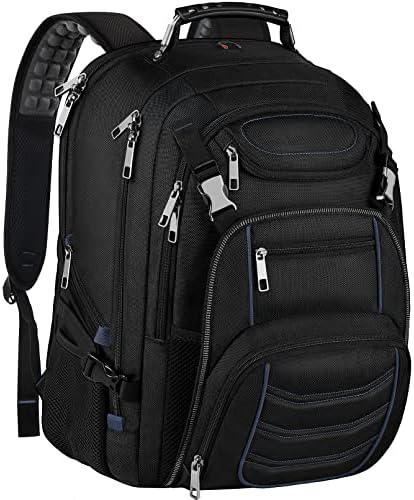Joe has been driving for Canada Post for many decades and says there is no real remedy for the summer heat. Even though his employer tells him to drink lots of water to prevent dehydration, he rejects the idea.
“I won’t drink any extra water, because then [I will be] looking for a bathroom,” he says, referring to the lack of amenities available for him and other courier delivery drivers while on duty.
The long-time letter carrier, who withheld his name because he was speaking on background, is entitled to take micro-breaks to cool down as needed. But he says there are limits. Too many breaks leads to overtime, so he says he’s encouraged to bring undelivered mail back to the station for the next shift.
“So, if it happens again, the next day, now you’ll have three days’ worth of mail.”

While Joe sees limited options to protect himself from the heat on the job in western Toronto, the importance of staying cool is particularly obvious this week. July 3 to 5 were recognized by the U.S. National Centers for Environmental Predictions as the planet’s three hottest days on record. Canadians feel it, too. Humidex readings in Toronto have been approaching 40 Celsius.
Longhaul truck drivers have the advantage of prolonged periods in A/C- equipped cabs, but last-mile delivery drivers don’t have the luxury. Even if their vans have A/C, the job requires multiple trips in and out of the truck and the physical demands of carrying packages.
The issue was brought to light during U.S. Teamsters and UPS labor negotiations last month, when the union raised concerns about driver heat stress. As a result, UPS has agreed to better cool their delivery vehicles by installing equipment like A/C and providing heat safety training.
And these are only some of the ways to protect last-mile delivery drivers from the risks posed by intense physical labor during heat waves.

Dehydration risks
Purolator, a Canada Post subsidiary, dedicates a lot of effort to its prevention-based heat safety program, says Jimmy Vassilopoulos, fleet director of national health and safety.
While the threat of dehydration is more pressing in summer, staying hydrated year around is important in both physical and psychological terms, he explains.
“Part of defensive driving is staying focused, staying on task – which is to drive safely. Hydration itself is a big, big element of [that] training… Being or entering a state of potential dehydration has a tendency to increase risk with [a] lack of focus on road and distractions.”
To help address this issue, Purolator installs cooling stations at its terminals. The workplace safety committees provide drivers with cold water, freezies, electrolyte drinks, and other things they can use on the road to stay hydrated, says Vassilopoulos.
Reminders, announcements, and directions to the stations are shared through an internal social media platform, Workplace, where drivers can also share pictures and messages. Terminals are also equipped with digital signage, where the messages change from weather alerts to relevant safety tips and local company reminders, like directions to the nearest cooling stations.
Joe says the support at Canada Post includes reusable water bottles and the sharing of heat-related tips on the Canadian Union of Postal Workers’ website.

Training and mentoring
The new Purolator drivers are well trained on the topic, says Vassilopoulos, adding that senior mentors share their experiences.
“We do mentor them a lot during the summer months,” he says of the new drivers. “They do receive a lot of information during the training, [but] these are the topics that we want them to stress and remind them [about] — especially because they’re new, their focus [is] on so many aspects of the business of service.”
Apart from peer-to-peer communication, precautionary steps are taken on a corporate level as well.
For example, Purolator’s daily three-minute meetings give managers the opportunity to share details about heat stress and how carriers can report situations when they don’t feel comfortable to stay on duty.
However, the goal is to prevent such scenarios, says Vassilopoulos. This is why drivers receive messages on their scanners and phones, reminding them to take micro-breaks and drink water throughout the day. Targeted messages are sent on particularly hot days around the time the temperatures peak.
While the fleet can’t adjust schedules to cooler times of the day, micro breaks are allowed whenever they’re required, Vassilopoulos explains.
In an email to TruckNews.com, FedEx Express Canada confirmed that all fleet-owned vehicles have air conditioning.
“FedEx delivers safe and reliable service through the daily utilization of more than 200,000 vehicles. Safety is always our top priority, and we encourage our team members and service providers across FedEx to take precautions in the hot weather by staying hydrated, taking frequent breaks, and recognizing the signs of heat-related illnesses,” its statement reads.
In the U.S., UPS has agreed to install A/C, in-cab fans, exhaust heat shields in the cargo floor, and new forced-air induction systems for cargo areas in all delivery cars purchased as of Jan.1, 2024. And it will incorporate those changes in existing vehicles where possible. Heat safety training will also be provided to drivers.











